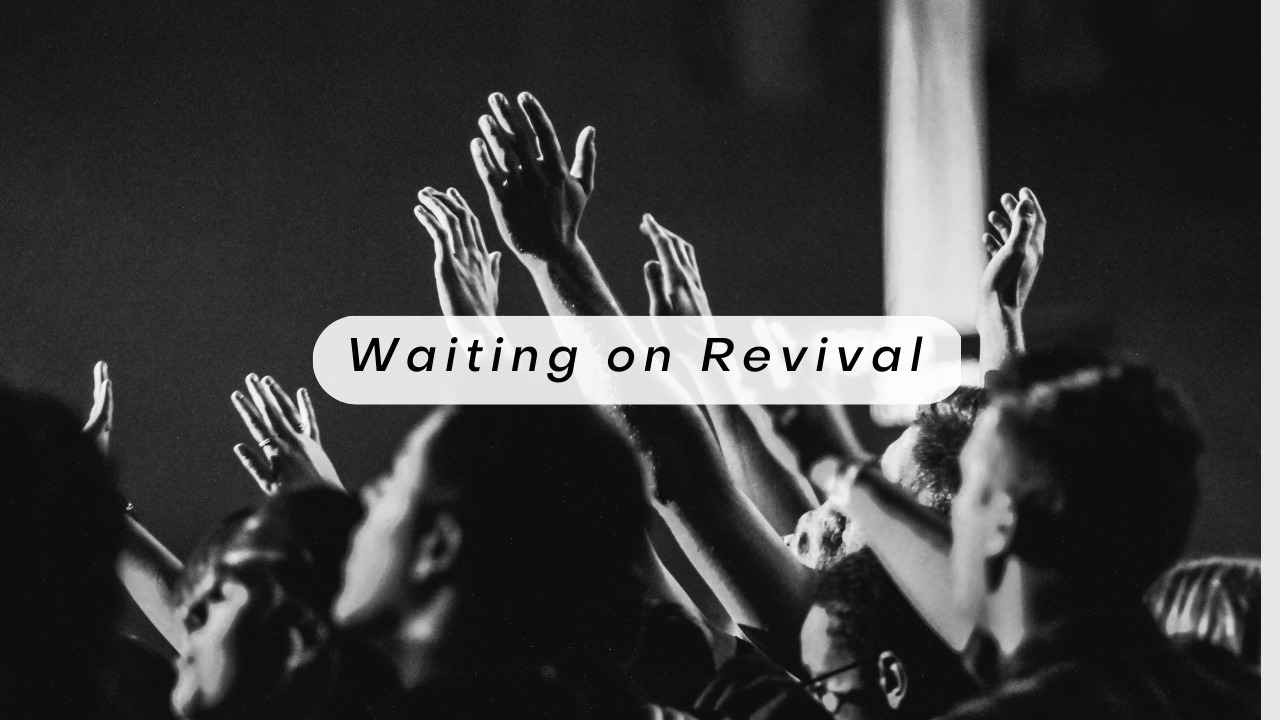I’m probably not the best person to be speaking about small groups. The church in which I serve as the Small Group Director has never seen more than about thirty percent of our congregation in groups at any one time. Small group experts would probably call that a failure, and they’re more than likely right.
We could definitely do better. We could do a better job training our leaders. We could do a better job of casting the vision for groups. We could offer more options. The list could go on and on.
If we did all of these things better, I think we might be able to get fifty percent of our congregation in groups, and some experts would still call us a failure. Churches like Saddleback and Church of the Highlands have set the standard for small groups, and they’ve set it really high. Over one hundred percent of their people are in a small group. Over one hundred percent doesn’t really sound mathematically possible, but it is because they have people that don’t attend their church attend groups within their church.
Now, I praise God for what Saddleback, Church of the Highlands, and other churches have been able to accomplish within their small group ministries, but I’m not sure if we should be comparing ourselves to them. In a way it’s like comparing every basketball player to Michael Jordan; they can’t live up to that standard, nor should they try.
My fear is that we’ll get so caught up in hitting the numbers that we’ll sacrifice the community. In order to boost our percentage, we’ll call anything a small group. So, worship practice is a small group. The cleaning team is a small group. The people smoking under the pavilion, they’re a small group. And what happens is we get a watered down version of community.
But watered down community never produces growth. So, I want to encourage you to adopt a new measurement for groups, one born out of the second chapter of the book of Acts, one that led to incredible growth.
44 And all the believers met together in one place and shared everything they had. 45 They sold their property and possessions and shared the money with those in need. 46 They worshiped together at the Temple each day, met in homes for the Lord’s Supper, and shared their meals with great joy and generosity— 47 all the while praising God and enjoying the goodwill of all the people. And each day the Lord added to their fellowship those who were being saved. Acts 2:44-47
I wanted to share with you four keys to community, but after reading this passage a few times and thinking about it, I realized it could be summed up much easier. The people who made up this group loved God, and they loved each other. They were generous because of love. They shared meals because of love. They met in homes together because of love. They fully embraced the greatest commandment that Jesus had set forth.
Maybe we should do the same. Maybe it would be best if we measured our groups’ love for God and one another instead of worrying about how many people are in groups–because if we have a groups ministry that loves God and loves one another, everyone will be drawn to it.
How do you measure the success of your groups ministry? Sunday school ministry? Have you ever been tempted to boost the numbers to make it look better?






Times is Everything in Small Groups | Travis Stephens
[…] frustrated on how hard it is to get people to show up. You can read more about my frustrations here, here, and here. But today’s post isn’t about venting my frustrations. It’s about timing, and […]